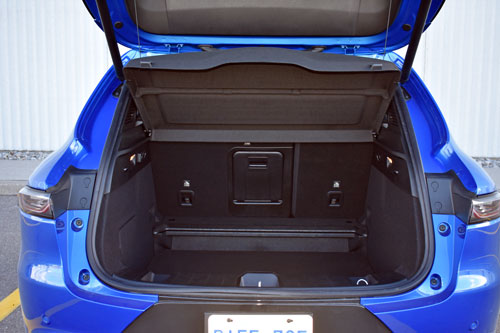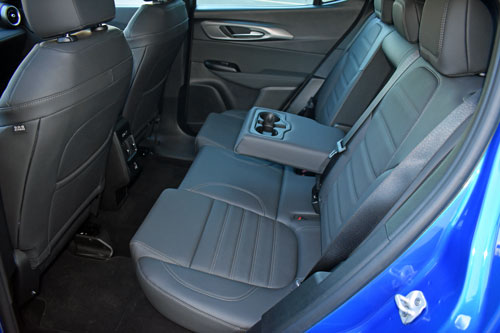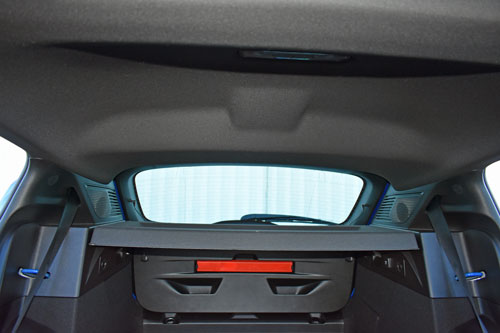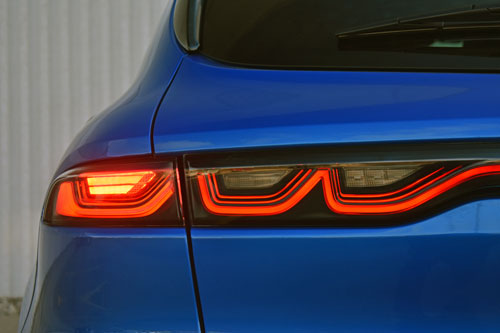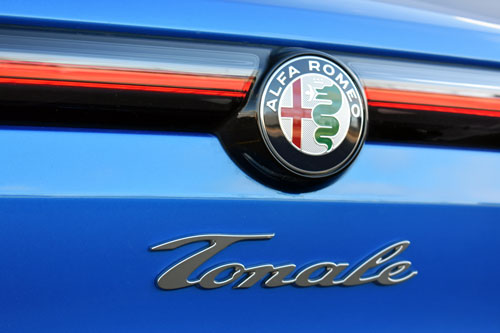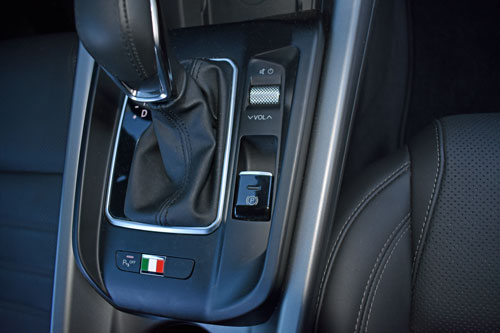If there were a prize for the car maker with the longest, most glorious history combined with the smallest public presence, I’d have to nominate Alfa Romeo.
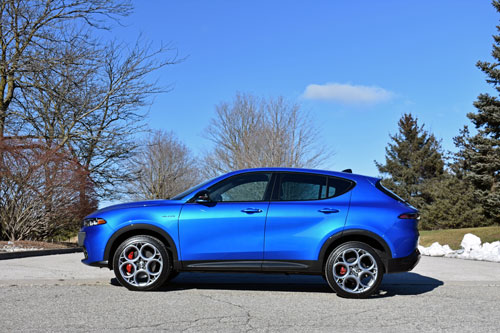
Founded in Milano Italy way back in 1910 as “Anonima Lombarda Fabbrica Automobili” – roughly, “Lombardy Automobile Manufacturer Limited” – it has been known by its initials ever since.
(And never “Alpha”, no matter what you see in Kijiji ads.)
In 1915, during one of Alfa’s many financial disasters, it was taken over by engineer Nicola Romeo, and his name has been on the cars ever since.
(BTW, that’s “ro-MAY-oh”, not “RO-me-oh”. It’s not a Shakespeare play.)
Alfas were generally fast, gorgeous, and successful in racing. This included wins by a guy named Enzo, first as a driver, later as race team manager. He left and formed his own company, known ever since by his surname.

Yep. Ferrari.
Alfas did better in competition than in the marketplace. The company has been owned by just about everybody. It is now nestled in the warm embrace of Stellantis, nee Chrysler, and is trying to re-establish a foothold in North America.
Which these days means SUVs. Or Crossovers, to be a bit more polite. “Station wagon” would be more accurate, but you know…
This one is called “Tonale”. According to my on-line translation app, that means “tonal” in English. Not much help.
(And while we’re on about pronunciation, it’s ”tow-NAH-leh”, not “TOE-nail”.)

It slots in below the larger Stelvio, and seems to be at least a cousin to the Dodge Hornet.
Hence it is a compact two-row – um, “two-box vehicle”.
To my eye, it’s gorgeous. Alfa Romeos have always had a grace about them, no matter which of Italy’s many fine design houses has penned them. This one is the work of Alfa’s in-house design department in Torino, “Centro Stile”.
(And that’s pronounced “CHEN-tro STEE-lay”.)
A three-lobe graphic is featured on the grille and on the taillights, as you can see from the photos.
The optional wheels with a five-circle motif are spectacular.
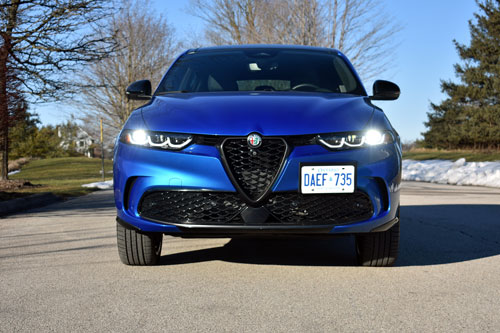
Tonale is assembled in Alfa’s huge plant near Napoli, Italy, alongside the Hornet.
My tester was a lovely Misano Blue Metallic (a $900 option), with tons of lovely little design details to delight the eye. Watch out when you shut the rear door, or the swoopy window might whack you up the side of your head. Don’t ask how I know this.
When you enter or exit the vehicle, you are just about at bum-height from the ground, so unlike many SUVs you don’t need a rope ladder to get in or out.
Inside, more gorgeousness. Black leather, brushed chrome aluminum trim and decent-looking vinyl, if that’s not a contradiction in terms, all nicely assembled. An unusual graphic spans the dashboard, consisting of a cross-hatched pattern against the black and chrome background. You can even change the background colour. I chose blue, to match the exterior.
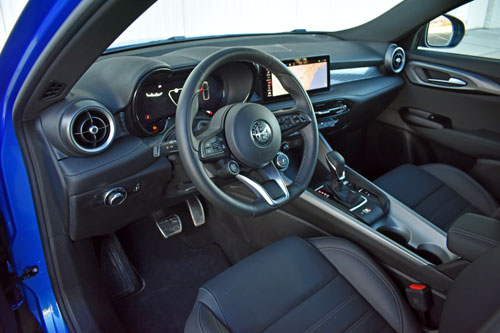
The instrumentation is bright and clear, and you have a choice of three different graphic patterns.
Cloth upholstery, always preferable, is standard on the hybrid model (covered elsewhere in Vicarious) but not, inexplicably, on the sportier Veloce variant.
The front seats offer excellent comfort, the lateral support you’ll want when exploring this car’s handling prowess, plus four-way adjustable lumbar support.
Despite its “compact” designation, there’s plenty of room for two in the back, with a third at least a possibility if everyone’s friendly and not too chubby. More likely, you’ll fold down the centre arm rest to reveal two cup holders.
Lots of foot room under the front seats too.
The rear hatch opens wide revealing a generous cargo area. Four meaty tie-down hooks help keep stuff from sliding around.
The press kit for the car describes, and I quote, “…The car’s sensuality and dynamism are also clear in the all-encompassing rear window…”. What is not at all clear is the way the rear seat headrests block much of that view in the rearview mirror. It is possible but quite difficult to remove the outer two (the middle one appears to be fixed); it’s easier to just fold the seat backs down when nobody’s riding back there.
The bright back-up camera helps here, offering several views to assist you in reversing into a parking spot.
That’s about the only “nanny” system I ever use. The “Active Drive Assist” suite which includes such as “Lane Keep Assist” and “Driver Attention Alert” was not working in my car. Cool – I didn’t have to figure out how to shut it off.
My Tonale had a proper engine, a 2.0 litre twin-cam turbocharged four cylinder producing 268 horsepower and 295 pound-feet of torque. Why car makers don’t publish the r.p.m. at which these numbers are generated is beyond comprehension, because with out those tidbits, the numbers are less meaningful.
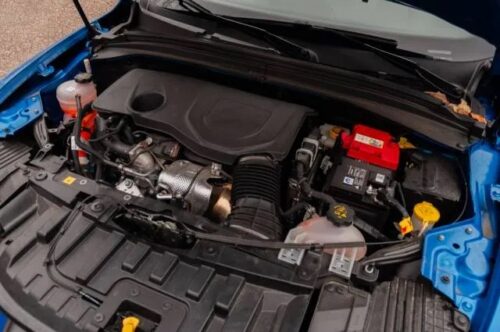
Switching on means finding the start/stop button on left steering wheel spoke. Weird place for it, but owners will soon figure it out.
The engine is transversely-mounted, and feeds the four-wheel drive system via a nine-speed automatic transmission.
This combo provides punchy performance (0 – 100 in the mid-six second range) with excellent tip-in response, strong linear acceleration, and no obvious turbo lag. It’s quiet, turning just 2,000 rpm at 120 km/h.
The press kit for the car noted that paddle shifters will be a “late model added feature”; my tester did not have them. But the transmission shifts almost imperceptibly. If you hammer on the loud pedal it will downshift immediately, dropping two or three ratios as it deems necessary to give you the acceleration you demand.
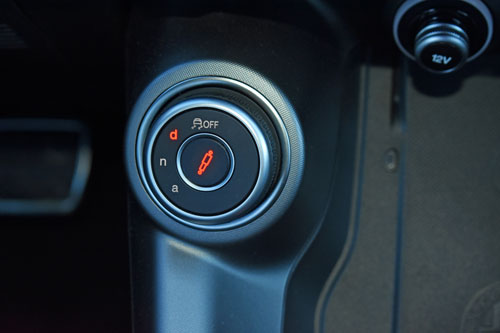
Want to shift for yourself? Pull the lever towards you, then back to upshift, forward to downshift. That’s how it should be, and so often isn’t.
Suspension is independent MacPherson strut front and rear, and offers dual-rate dampers.
A rotary knob on the centre console is labelled DNA. It has three settings:
“N” for “Normal” is for everyday driving.
Feeling frisky? “D” for “Dynamic” sharpens throttle response and transmission shift timing, and a damper icon glows red to tell you that the dampers have been firmed up. This makes the car handle more sharply. If you like the throttle response but not the slightly harder ride, you can switch the dampers back to normal.
The “A” setting? It doesn’t seem to have a label in this application. It’s there mostly for the hybrid version of the car; all it does here is disable the idle stop/start function. Turns out some people don’t like saving fuel.
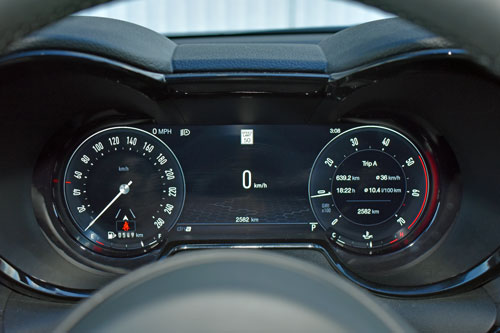
As usual, you’ll need the sensitivity of a safecracker to tell much difference in these DNA settings. But if you rotate that knob one click further, you switch off the directional stability control. Better know what you’re doing before trying that.
I left Tonale mostly in N mode. It rides firmly, but well within bounds. Steering is quick and direct, the handling reassuring.
One quibble – perhaps due to the transverse engine and compact dimensions, there doesn’t seem to be a lot of steering angle. U-turns in shopping centre parking lots might become three-point turns.
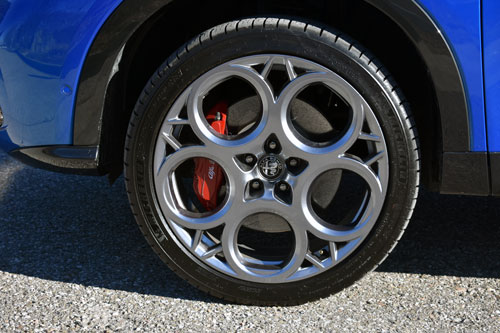
Day-to-day driving needs are decently accommodated. There are two good-sized cup holders in the centre console, but oddly, none in the doors. A smallish covered cubby bin sits between the seats for odds and sods, and its sliding lid doubles as an arm rest.
Ahead of the shifter is a pad which I believe allows you to charge your phone if it is compatible. Sadly, mine isn’t.
There are pairs of type A and C USB outlets front and rear, so my phone could get charged that way.
The full-time four-wheel drive system is dubbed “Q4”, the heart of which is the Active Transfer Case (ATC). This directs torque to whichever pair of wheels can best utilize it, and the transitions are seamless.
In sum, Tonale is a handsome, capable car, with enough quirkiness to make it interesting. But Alfa has said it will be all-electric by 2027. So if I am right about the future of electric cars and everybody else is wrong – wouldn’t be the first time ho ho – you better get one soon, because Alfa’s mottled history suggests it will be facing another existential crisis.
Which would be sad.




